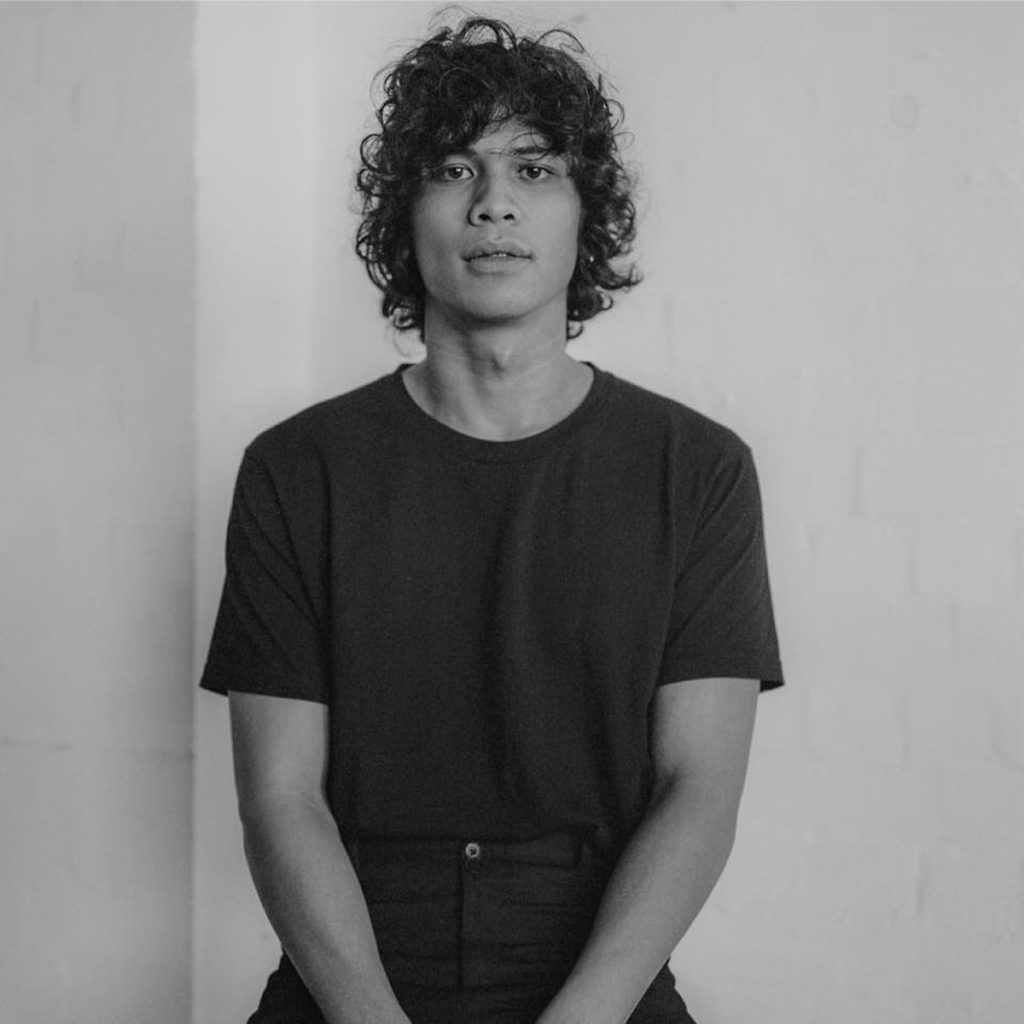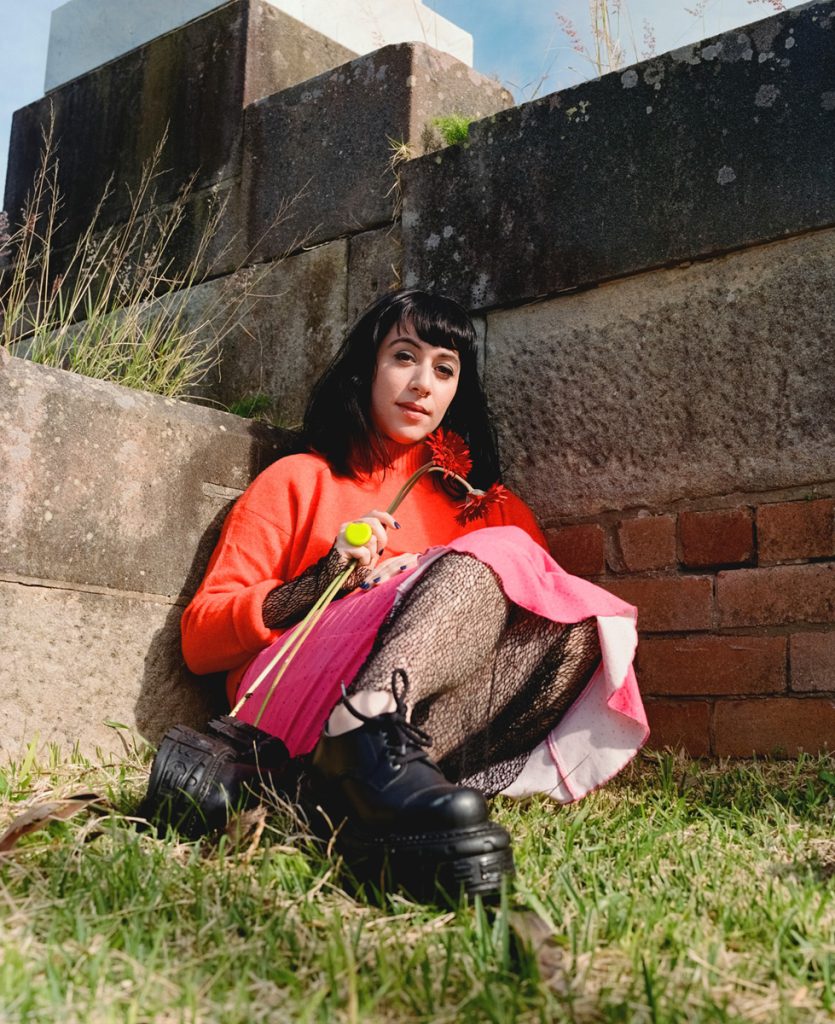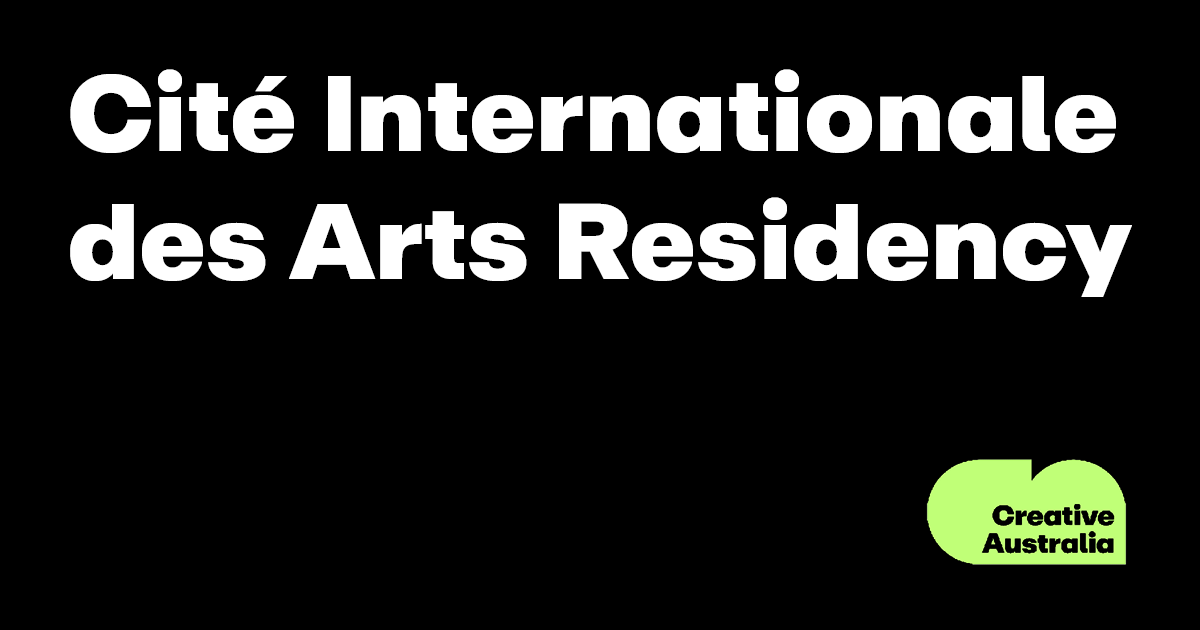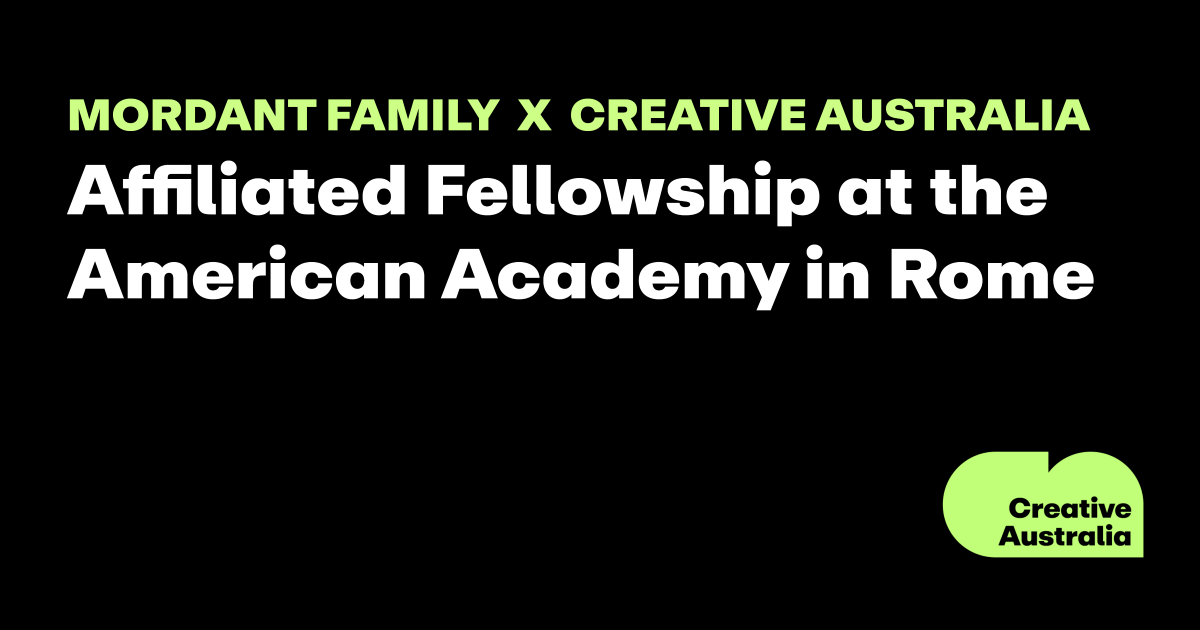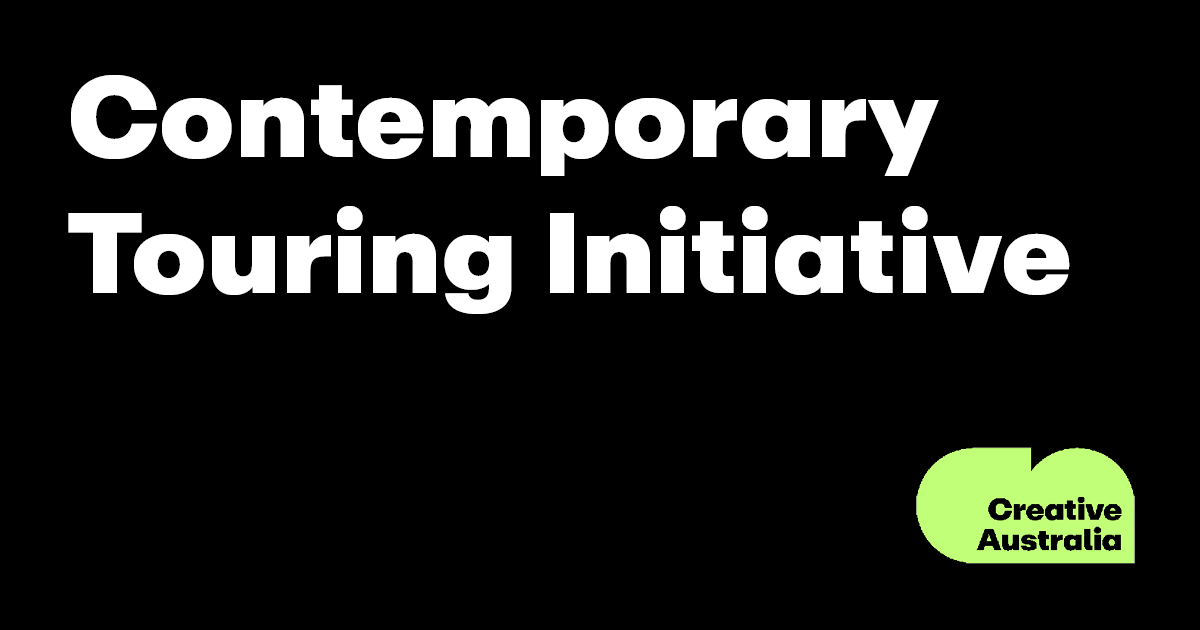All The Things We Couldn’t Say: Digital Theatremakers Program

Photograph courtesy: Checkpoint Theatre.
About the opportunity
All The Things We Couldn’t Say is a three-year collaboration between Salamanca Arts Centre in Australia, and Checkpoint Theatre in Singapore. For the first year of the project (2022), we are seeking four participants (two from Tasmania and two from anywhere in else Australia) and two participants from Singapore to begin a process of contact, investigation, and digital collaboration.
Since the pandemic began, artists everywhere have experienced the mental, physical, and emotional consequences of having human contact withdrawn. Some of the questions this residency explores include:
- How do we create moments of encounter and exchange between artists who are used to collaborating face-to-face?
- How do we amend our artistic practice to create meaningful moments of contact between artists and audiences when physical gatherings are not possible, or are severely restricted?
- How can we hold space for one another, hear each other’s stories, and be present for one another, with empathy, compassion, and kindness?
Eight participant artists (including two artists nominated from the Checkpoint Theatre ensemble) will meet digitally to begin exploring these questions. The process will be facilitated by Checkpoint Theatre’s Joint Artistic Directors Claire Wong and Huzir Sulaiman, and Salamanca Arts Centre’s Head of Performing Arts, Lucien Simon.
First Nations and Global diaspora-driven engagement is a priority of the International Engagement Strategy 2021-25 in amplifying our creative relationships in the Asia Pacific.
All participants will receive an honorarium of AUD $2,000 payable by the Australia Council for their participation in year one of the development program.
Additional support needs including any accessibility support, interpreting and childcare will be provided on a case-by-case basis. We encourage you to speak to us about any specific access needs or support you may require to ensure you can equitably participate in this program.
- Workshop 1 (all participants)
Monday 11 April – Thursday 14 April 2022, afternoons. Total 16 hours. - Small group meetings and independent work will be scheduled according to availability between 15 April and 23 May 2022. Total 24 hours.
- Workshop 2 (all participants)
Monday 23 May – Thursday 27 May 2022, afternoons. Total 16 hours.
Total project hours: 56 hours
This program is designed for creative practitioners who are:
- early or mid-career artists in Singapore or Australia. Applicants must be citizens or permanent residents of either country.
- interested in meaningful Asia Pacific engagement, devising methodologies, and interdisciplinary work, with a demonstrated prior involvement with live theatre or performance. We invite applications from artists who work in creative and technical capacities including writing, directing, making, devising, performing, designing, staging, production, lighting, sound, digital and all their intersections.
- open to committing to a long-term engagement including work on a new ensemble collaboration after the first year. The first year is focused on research and capability building.
This program is focused on process-based learning and collaboration. After year one, there will be an opportunity to further the engagement by making a work with Checkpoint Theatre if there is appetite from all parties. This is subject to an evaluation of the first year of the program.
Applications will be assessed based on the strength of your responses to the following questions in the open-text field in the application form (500 words maximum in response to each question):
- How has your personal or community experience of the pandemic affected the ways in which you think about theatremaking, and art in general?
- What kinds of conversations and collaborations with fellow artists do you yearn for?
Australia Council staff in consultation with an Industry Adviser, Salamanca Arts Centre and Checkpoint Theatre will consider applications according to the assessment criteria above. Applicants will be advised of the outcome of their application in mid-December 2021.
You do not need to submit a budget or support letters for this program. To be uploaded along with your written application:
- a copy of your CV or a link to your website
- a link to an example of your previous work
- a video submission with an introduction of yourself, your artistic practice and your typical approach to collaborative processes (no longer than 5 minutes) .
Applications must be submitted via the Australia Council’s online Application Management System (AMS). You will need to create an account to access the AMS, instructions for how to do this can be found on the landing page. Please note: You must be registered in our Application Management System in order to apply for a grant. Registrations take up to two business days to process.
Applications for International Engagement funding do not count as an application to the Australia Council Grants Program.
If you are applying as an organisation, please specify the staff member(s) who will participate in this activity as part of your application. If this changes, please notify us as early as possible as this may affect the status of your application.
The Australia Council encourages applications from applicants who identify as First Nations, Culturally and Linguistically Diverse (CaLD), people with deafness and/or disability, and people living in regional and remote areas.
Salamanca Arts Centre
Established in 1977 Salamanca Arts Centre (SAC) is the custodian of seven heritage buildings that are home to studio artists in-residence, numerous arts organisations working across various media, and designers, makers, retailers, and commercial galleries. SAC manages a suite of arts venues that showcase SAC’s produced and programmed events as well as their Access Program’s community and independent performances, exhibitions and other arts events.
Checkpoint Theatre
Established in 2002, Checkpoint Theatre is a company of multi-disciplinary storytellers, creating and presenting original Singapore content with strong writing, performance and direction, across different media, disciplines and platforms. With honesty and humour, head and heart, they produce and develop vibrant and important contemporary Asian stories that connect with, challenge, and inspire both local and international audiences. Checkpoint Theatre is the home of new Singapore playwriting and nurtures the next generation of Singapore theatremakers and creatives. Checkpoint Theatre is one of Singapore’s flagship arts companies under the National Arts Council Major Company scheme.
Key dates
Residency dates: April and May 2022
Hosts:
Salamanca Arts Centre, Australia, and
Checkpoint Theatre, Singapore.
Amount: AUD $2,000
Application closes: Tuesday 9 November at 3pm AEDT. The 3pm closing time falls within business hours. This allows staff to troubleshoot any issues and support applicants as the deadline approaches.
Notification: Mid-December 2021
Please note: To apply you must be registered in our application management system a minimum of two business days prior to the closing date.
Contact
Nithya Nagarajan, International Market Adviser, South and Southeast Asia on +61 (02) 9215 9324 or
n.nagarajan@creative.gov.au

















